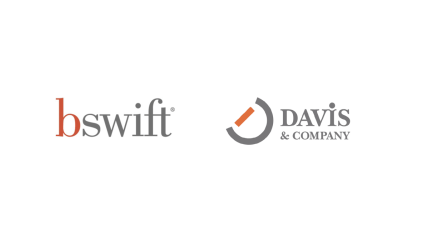
Yesterday, I received a great question from a member of my LinkedIn network: “Can you help me find data that covers employee attendance at company all-hands/town hall meetings? I can't find it anywhere and want to understand what's considered low or poor attendance and what would be considered high attendance.”
If you’ve ever been on a quest to find performance standards for communication channels or compare your internal communication practices with other organizations (often called benchmarking), you understand how little data there is out there. There are some companies, such as email, intranet or web-based meeting platforms, that publish such data to demonstrate the value of their platforms. But finding industry standards is a challenge. So, we often turn to benchmarking as a solution. Is it a helpful exercise?
Continuing with our theme of town hall attendance, here are results from an employee communication survey we fielded for a pharmaceutical company:
- 80% of employees said they attended global town halls and 88% said attending them "is a good use of my time." (Keep in mind this company is mainly made up of desk-based employees who can easily attend a town hall.)
- 75% said they attend business unit town halls (notice the dip in participation) and, again, 88% said attending them "is a good use of my time."
So, should you strive for 80% participation? Is that the standard? Let's assume another organization has better (or worse) attendance than 80%. It could be for several reasons: better content, better platform, jobs that make it easy for employees to attend, etc. So, the comparison isn't helpful. Sure, comparing attendance is easy and maybe even interesting, but does it help you do anything differently? I believe it doesn’t.
I answered my LinkedIn buddy’s question by offering a different perspective: Consider what your organization defines as success rather than comparing your company to other organizations or a standard. Put a line in the sand, “We want 50% participation,” and adjust that standard as you gather data and feedback.
For example, given the time and energy required to host a town hall, is it worth it to only get 50% participation. What percentage would make it "worth it"?
From my perspective, “worth it” means achieving your objective(s) with town halls. Imagine your objective with town halls is to increase knowledge of the organization’s business strategy. In post-town hall surveys, you measure that knowledge and learn that town halls have an impact—they play a role in increasing knowledge. High participation is now a worthwhile standard.
Is benchmarking data ever useful? You bet. I’ve used it to make the case with leadership teams for investment in employee communication—from additional resources to new channels. And to help teams envision how a communication plan might come to life, “Here’s how two organizations approached the same challenge you’re facing.”





